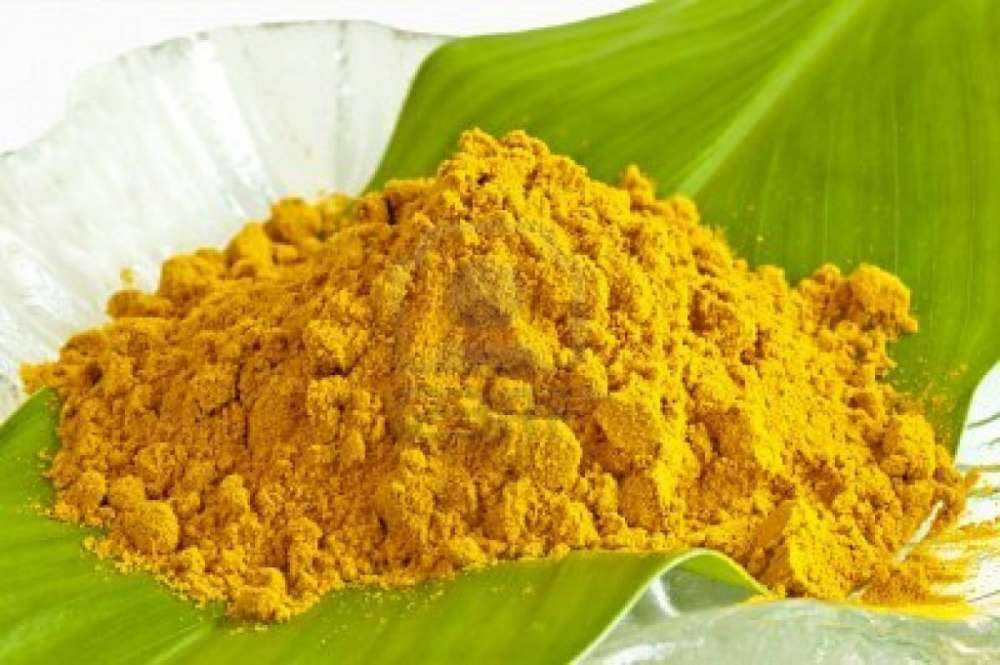By Natalie Norman
December 4th, 2013 Edition
Our bodies know us better than our minds do! Obey your body and it will thank you! The Obedient Omnivore’s ingredient of the week this week is Turmeric! As cold and flu season is here, ensuring you take the right steps to prevent and control getting sick, doesn’t mean you have to necessarily deprive yourself. This wonder-spice is acclaimed as an anti-inflammatory. Taken with honey, ginger, lemon or even milk, turmeric has demonstrated significant anti-inflammatory action in many proven experiments. This herb contains essential oil, manganese, iron, potassium, fiber, and even vitamin B6. The potency of turmeric lies in its yellow or orange pigment called Curcumin. Curcumin is thought to be the crucial medicinal agent in turmeric. Before we see it in its deep yellowish-orange powder form, Turmeric originates from the root of the Curcuma Longa plant. Its appearance has tough brown skin and a deep orange flesh. Turmeric has been an ancient remedy used as a powerful anti-inflammatory in both the Indian and other Asian practices of medicine in which it was traditionally named “Indian saffron” because of its deep yellow-orange colour. Its versatile uses have come into play throughout history as a condiment, healing remedy and textile dye. Turmeric is a resourceful herb used in curry for fragrance and spice. Depending on the type of curry you wish to make, your curry will have a blend of different yet aromatic spices. West Indians love to cook curries! Believe it or not, curry mixtures actually contain purifying, healing, and preservative properties! Peppers, that we use to add that spice and flare to give curry its heat, contain Capsaicin which aids as an effective pain reliever for osteoarthritis and headaches. Capsaicin is used to manage the pain associated with diabetic neuropathy and other conditions that may cause inflammation. The consistent main ingredients in curry do not change, but adding more ingredients is a common practice depending on the region, i.e. Curry powder (which contains turmeric), Masala and Cumin if you are from the Caribbean. Cumin contains seeds composed of essential oil.
Some other traditional uses of turmeric were used in Indian and Chinese medicine to treat chest pain, hemorrhage, bruises, and toothaches. As an antioxidant, turmeric acts as a defense against arthritis and other joint diseases. It inhibits cancer cell growth, lowering rates of colon cancer, breast cancer, lung cancer, and prostate cancer. Like cayenne pepper, turmeric lowers cholesterol and helps protect the heart against disease. The high level of vitamin B6 helps control homocysteine levels—a major risk factor of heart disease. Turmeric has a spicy, warm and bitter flavour and a mild fragrance slightly reminiscent of orange and ginger, and while it is best known as one of the ingredients used to make curry, it also gives ballpark mustard its bright yellow colour plus, it’s delicious!
Be sure to use turmeric rather than curry powder—a study analyzing curcumin content in 28 spice products described as turmeric or curry powders found that pure turmeric powder had the highest concentration of curcumin, averaging 3.14% by weight. The curry powder samples, with one exception, contained very small amounts of curcumin. (World’s Healthiest Foods)
Turmeric is the spice with a reputation known to give curry its golden colour, however curry doesn’t necessarily have to be your only source for turmeric intake.
Check out these light and easy ways to add this beneficial spice to your daily diet:
1. Flare up your salad dressing with a pinch of turmeric
2. Add a dash of turmeric to your stir fried or sautéed veggies; Marinate chicken breast in a turmeric and lemon marinade.
3. Add turmeric to your next rice dish for a tasty new take on rice.
4. Sprinkle a bit of turmeric on your next batch of roasted potatoes.
5. Infuse a half cup of olive oil with a teaspoon of turmeric and brush it onto your corn on the cob in lieu of butter.
6. Sprinkle some turmeric into your next batch of lentil soup.
7. Add a dash of turmeric into your scrambled eggs or tofu.
8. When sautéing onions, sprinkle some turmeric for added flavor.
9. Add a dash to your roasted cauliflower!
While eating right is important, you don’t have to subject yourself to a lifetime of bland healthy food – options for turmeric are endless!

